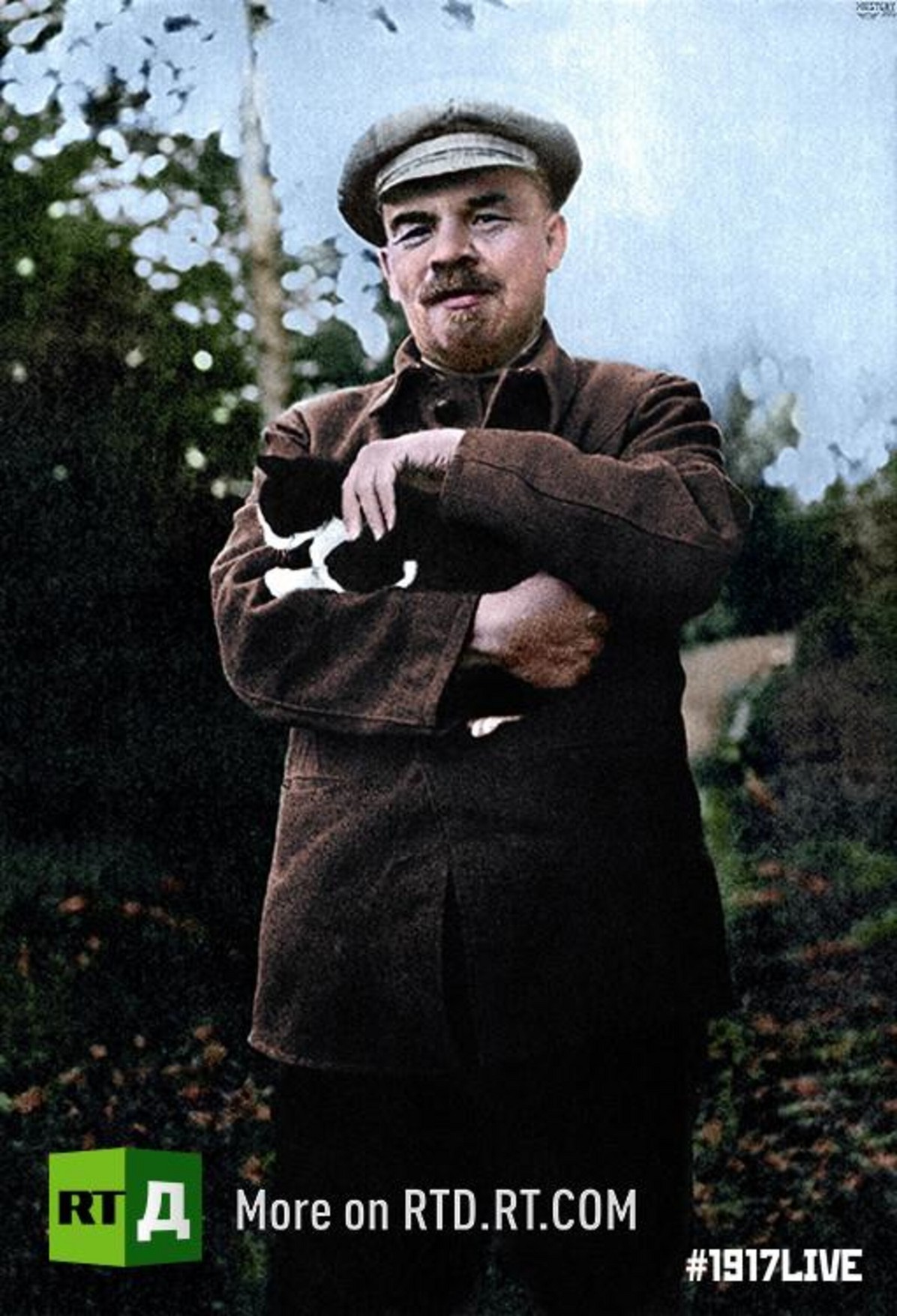Defenders of the Hermitage: Whiskered warriors keep rodents from devouring world-class art
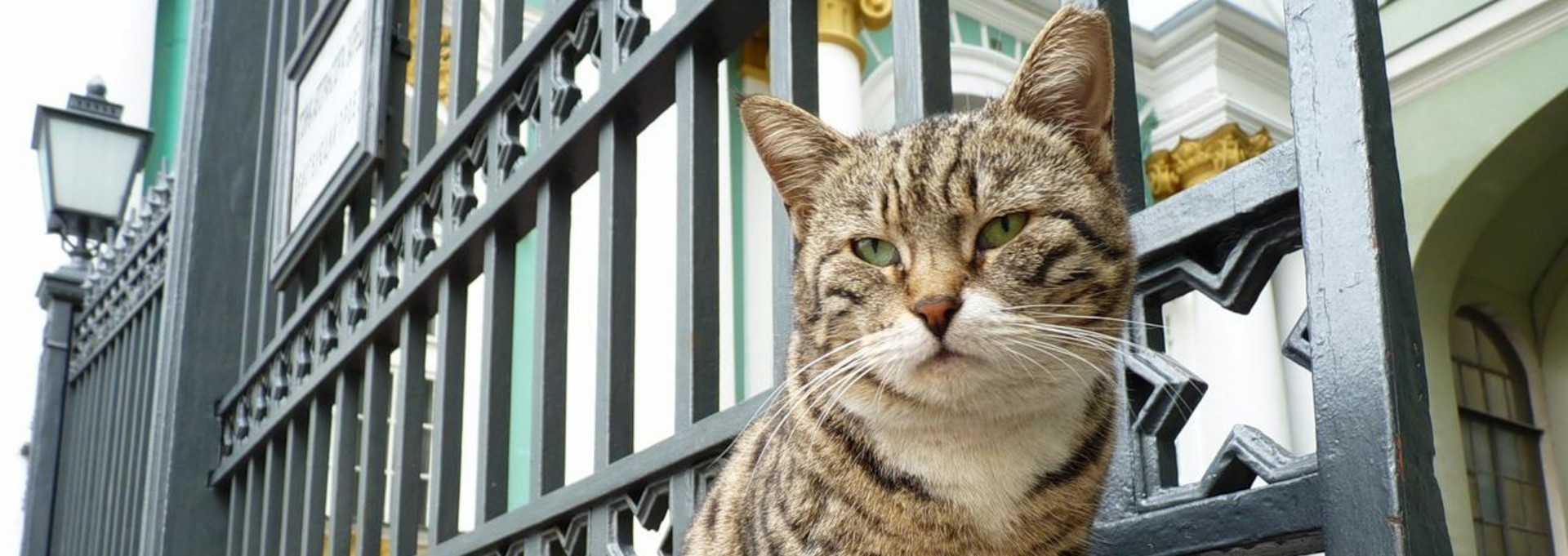
- Cats have lived St. Petersburg’s Winter Palace since the times of Peter the Great.
- His daughter issued a special decree ordering cats be delivered to the Winter Palace to battle rodents.
- Catherine the Great enlisted cats to protect the Hermitage’s art collection, giving them the official status of ‘Guardian’s of the Picture Gallery’
- From 50 to 80 cats still guard the Hermitage and Winter Palace from rodents
- They live in the expansive 12km2 basement, where special shelters and comfortable bedding are provided for them.
- The Hermitage occasionally hosts cat giveaways, when people can adopt the excess population.
- There is also an annual Cat Festival, when the Hermitage celebrates its association with its furry defenders.
Millions of tourists visit the Winter Palace and adjoining State Hermitage Museum in St. Petersburg every year. Few suspect that beneath the glittering exhibition halls are residents that have called this place home for more than 200 years – cats.


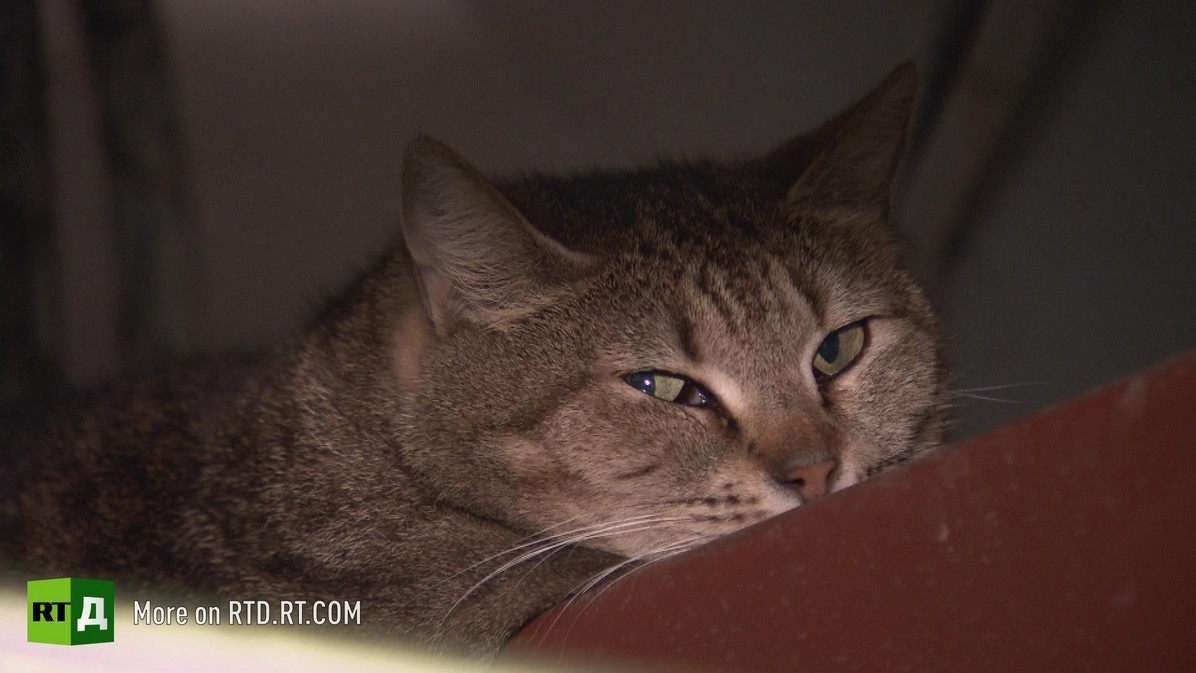
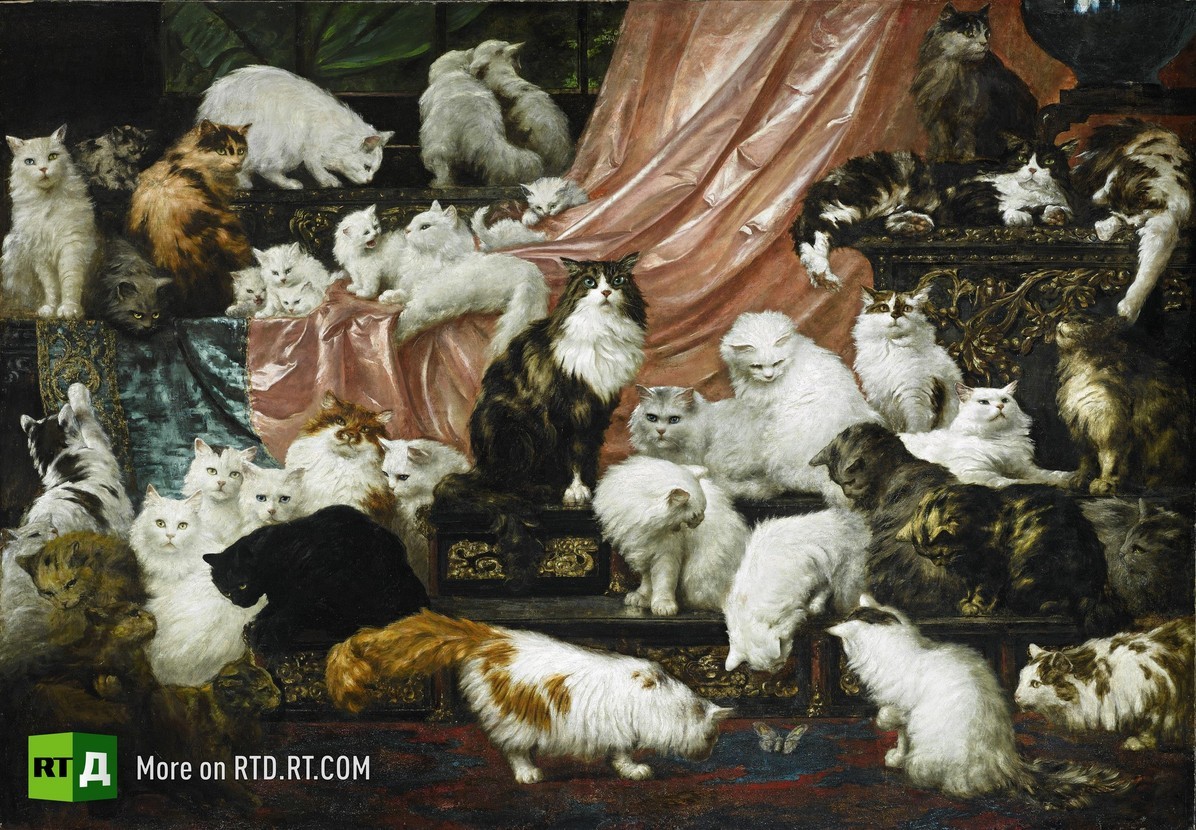
Nowadays, 50 to 80 cats still guard the Hermitage, mostly strays taken in from the local neighborhood. Their upkeep is funded by donations from the museum staff, sponsors, and other cat lovers.
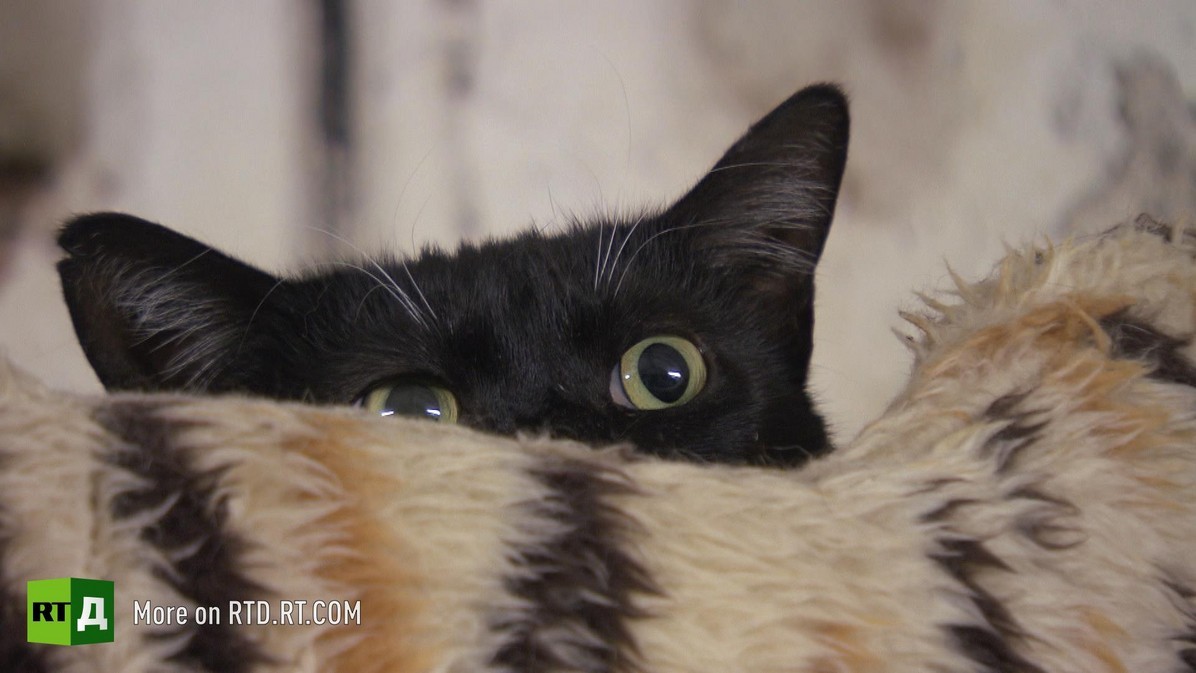
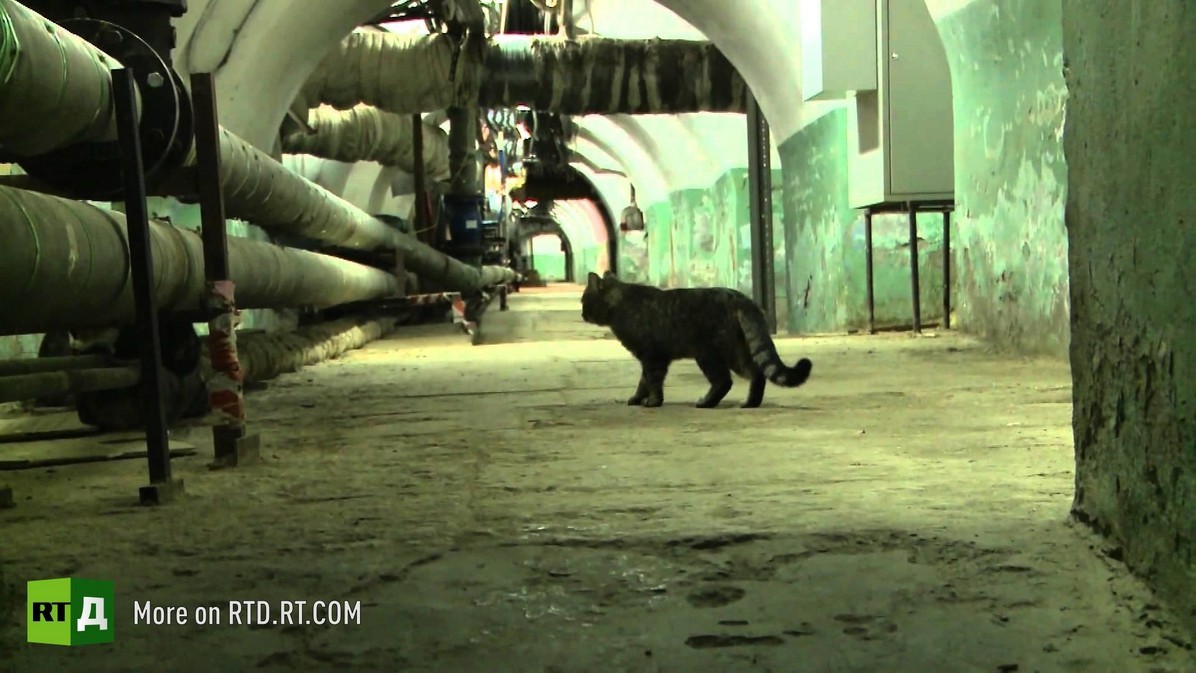
Special shelters and comfortable bedding have been provided for them there.
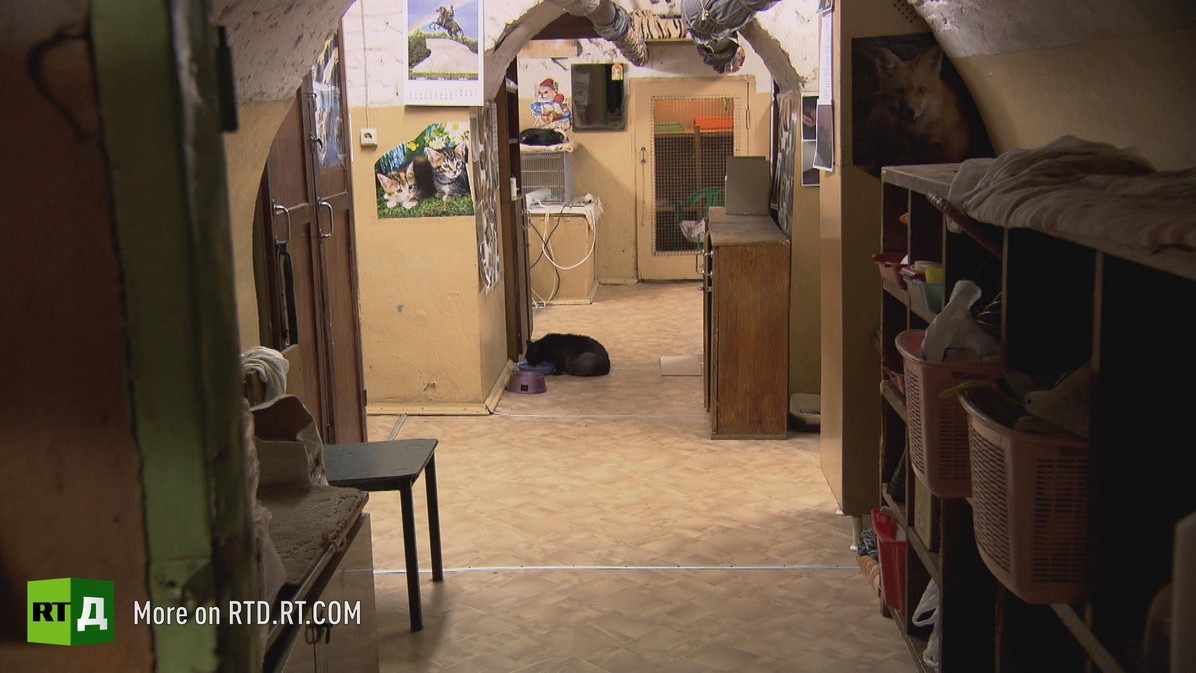
Other than the exhibition galleries, the cats pretty much have the run of the place.
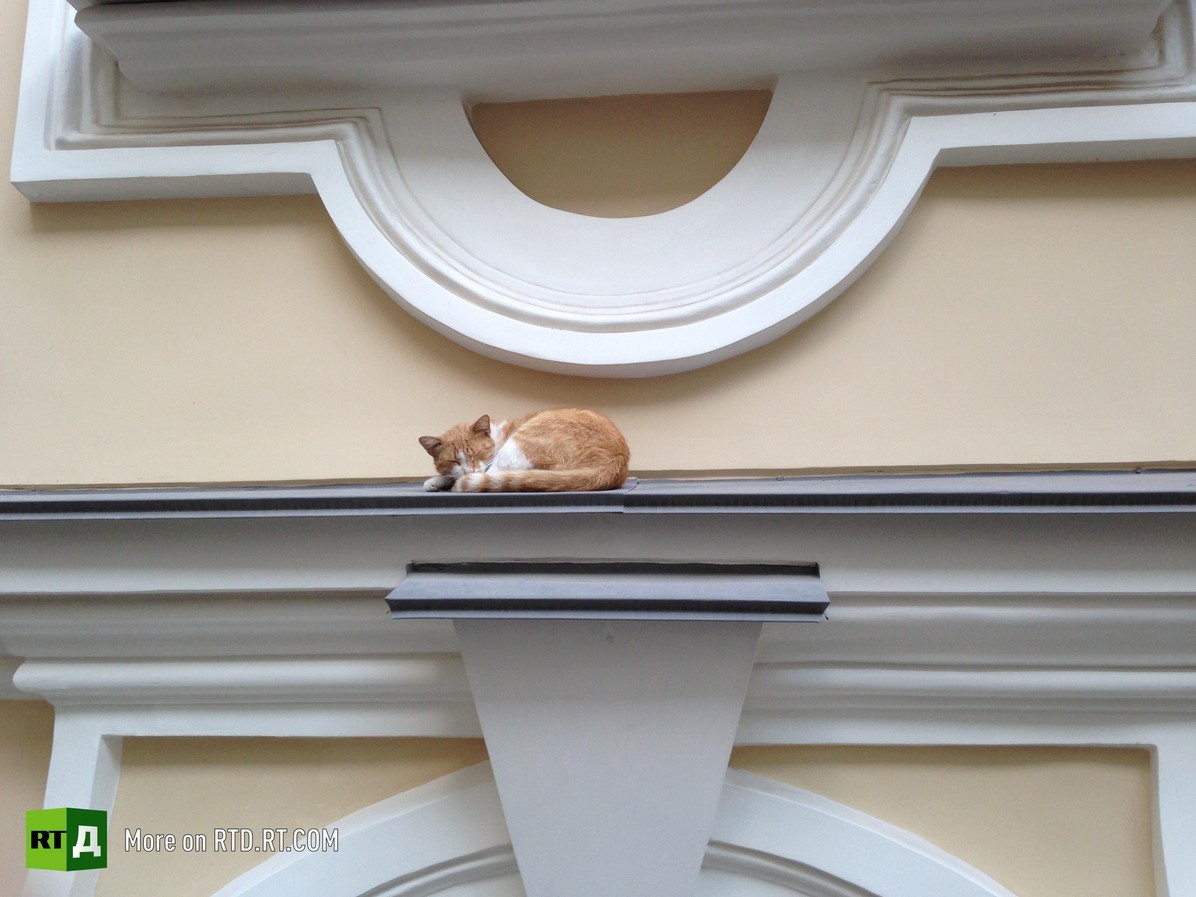
Small cat doors have been installed in many of the green service entrances, so the cats can go between the gardens and basement as they please.
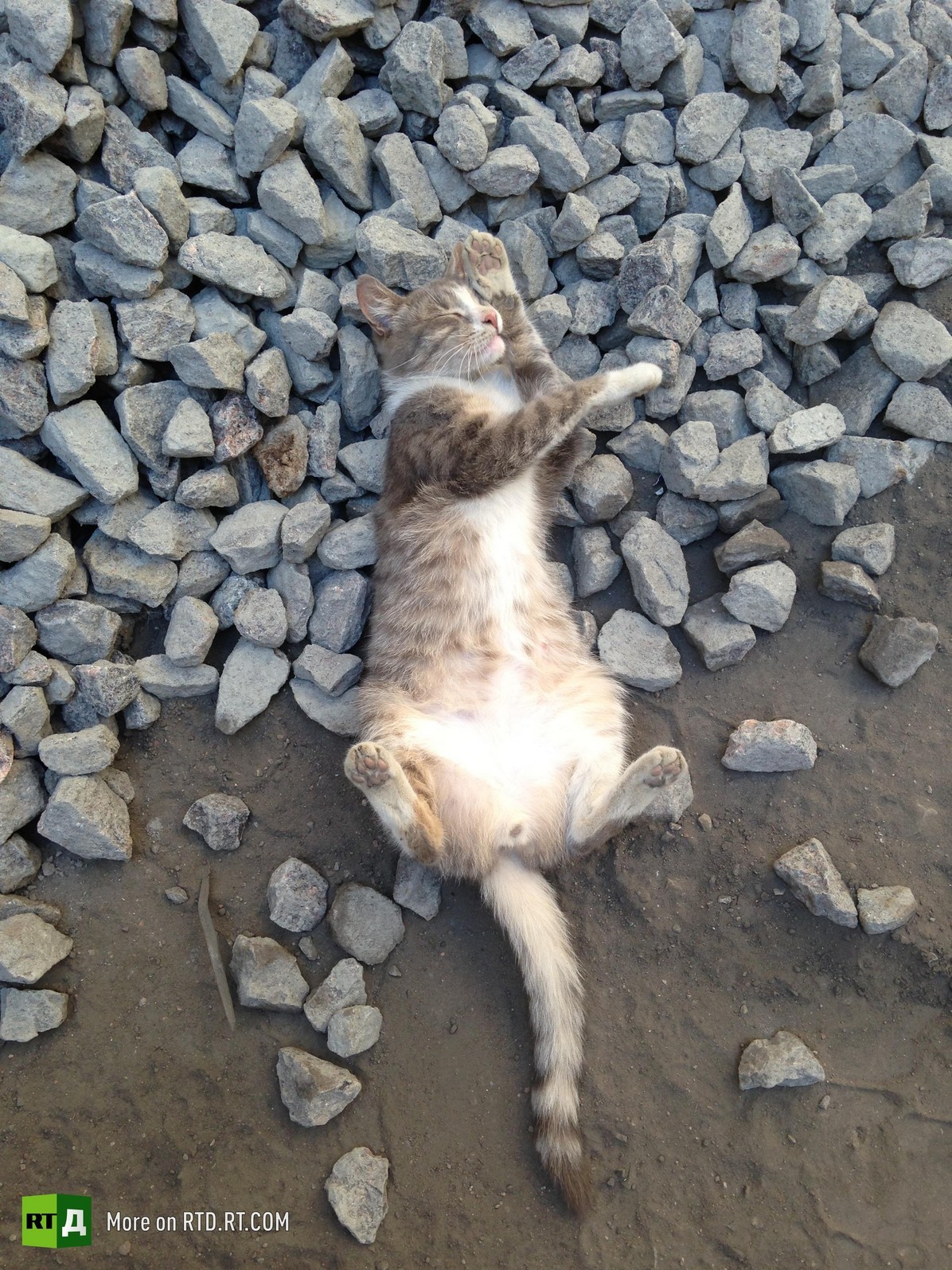
Three employees have been permanently assigned to taking care of their needs. The furry guardians even have their own cat infirmary.
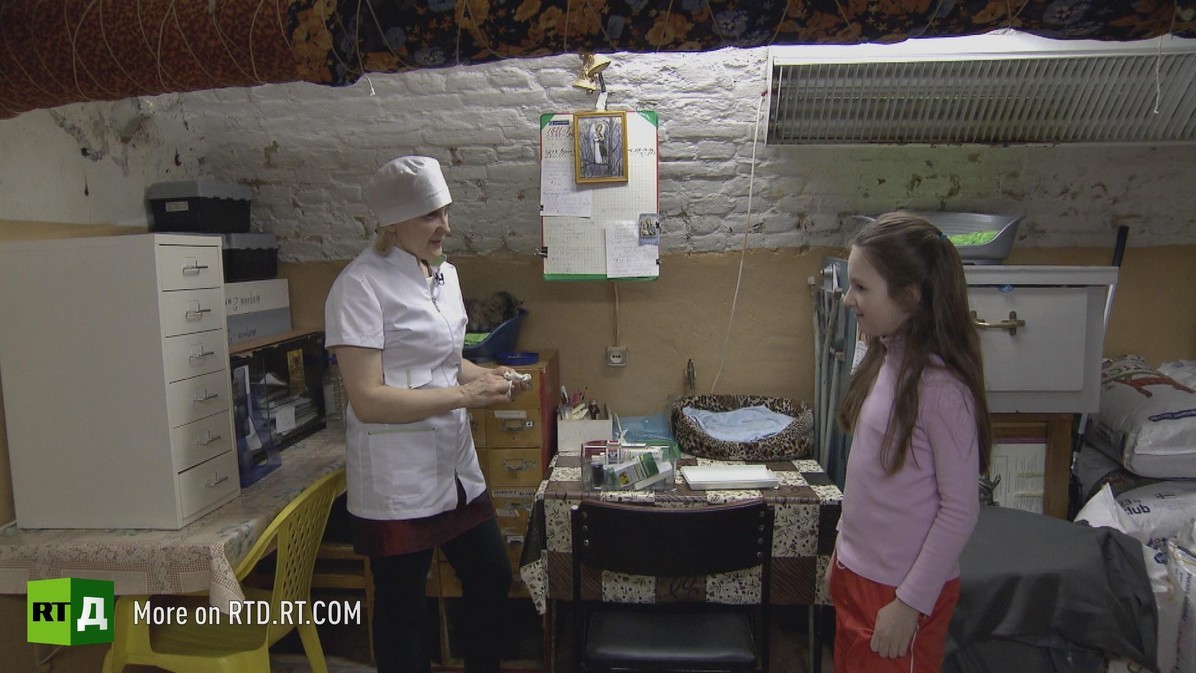
There is even a ledger listing every resident cat by name, along with its favorite living quarters, dietary preferences, etc.
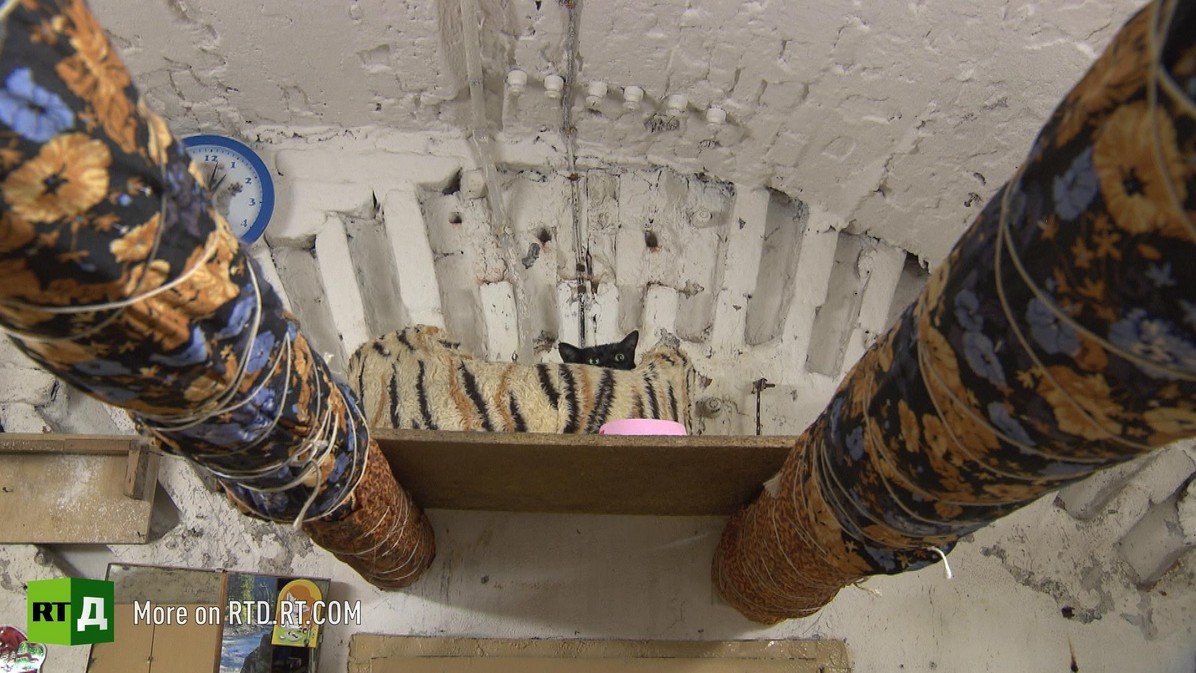
The number of cats in the ranks varies. In recent years there have been as many as 120, but 70 is the maximum that can be properly cared for. Because of this, the Hermitage occasionally hosts cat giveaways, when people can adopt the excess population.
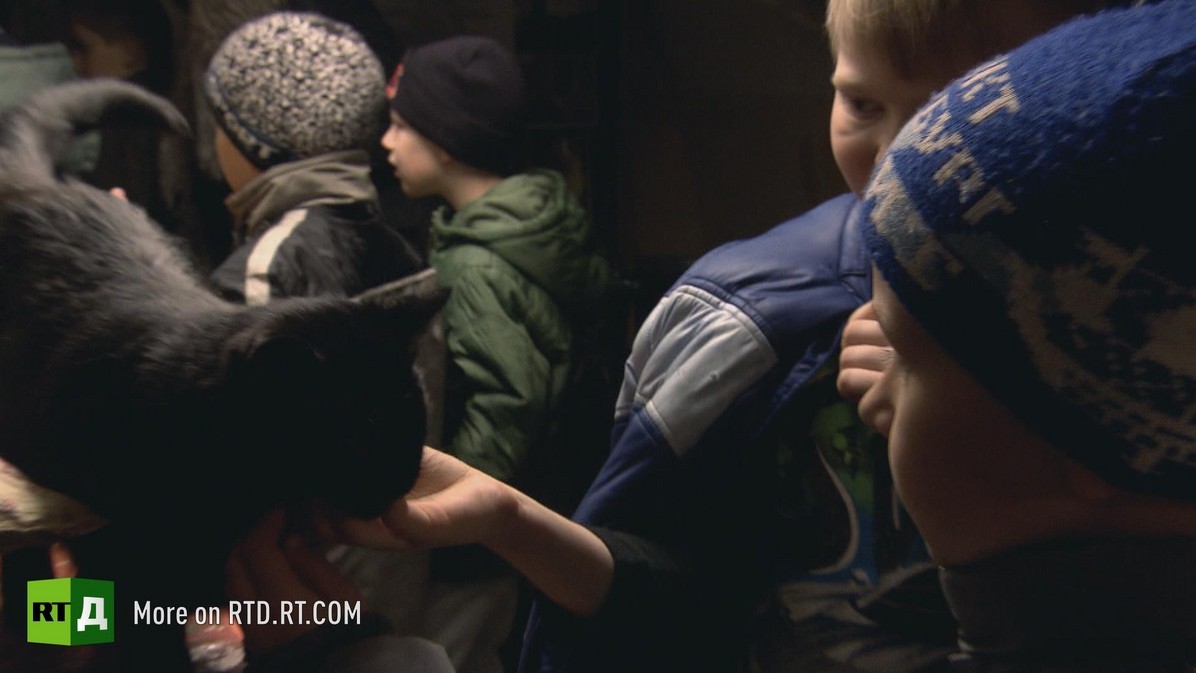
The Hermitage celebrates its association with cats annually by putting on a Cat Festival. Local people can come and meet the cats, children take part in special cat-themed scavenger hunts in the museum.

A Hermitage cat named Achilles even helped predict winners during last summer’s Confed Cup.

By the way, Catherine the Great wasn’t the only Russian ruler that appreciated cats.
